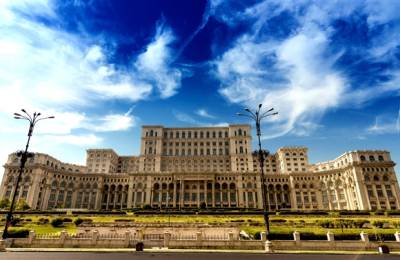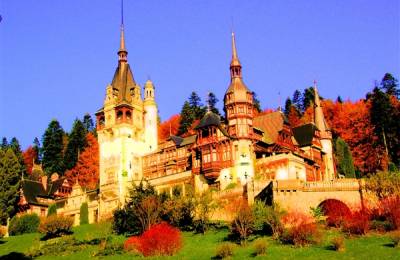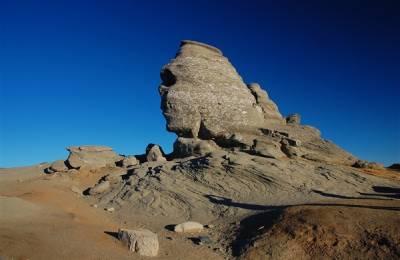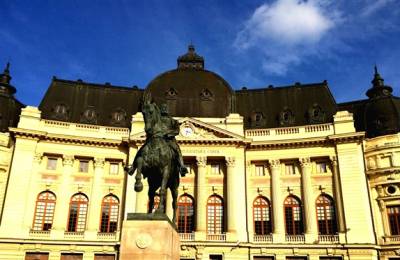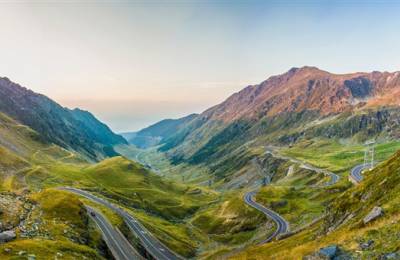Description
Muntenia is a historical province of Romania, usually considered Wallachia-proper (Muntenia, Țara Românească, and the seldom used Valahia are synonyms in Romanian). It is situated between the Danube (south and east), the Carpathian Mountains and Moldavia (both north), and the Olt River to the west. The latter river is the border between Muntenia and Oltenia (or Lesser Wallachia). Part of the traditional border between Wallachia/Muntenia and Moldavia was formed by the rivers Milcov and Siret. The most important city from Muntenia is Bucharest- the Romanian Capital. Also an important sight from this county is Peles Castle from Sinaia. There are three important and citadels in Muntenia and those are the antique citadel Argedava , the Medieval Citadel from Giurgiu and the Medieval Citadel from Poienari.
Attractions
Mogosoaia Palace
Mogoasoaia Palace was built in 1698 -1702 by Constantin Bracoveanu - a famous Romanian Voivode. The Palace is an architectural monument having the façade dominated by traditional staircase balconies, and by the arcades and columns with capitals, specific to the "Brancovenesc" style.Mogosoaia Palace has also some Byzantine decorative features and adornments which join stylistic elements characteristic both of the Italian Renaissance and the Baroque.

